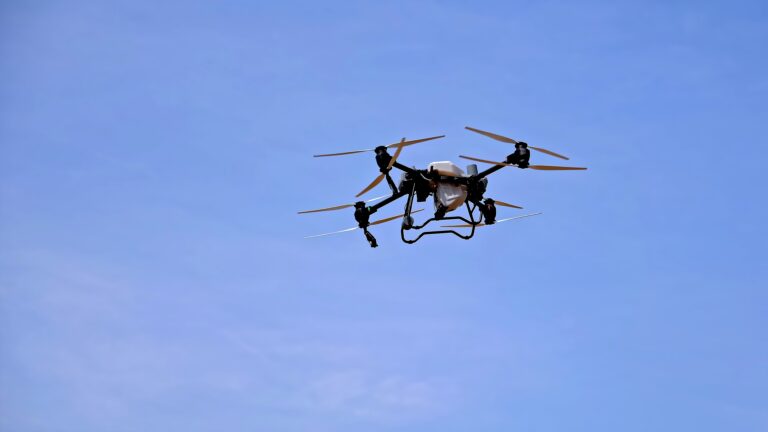Europe is considering a “drone wall” along its eastern flank to counter Russian aerial threats, particularly in the Baltic region. European Commission President Ursula von der Leyen and EU Defence Commissioner Andrius Kubilius have emphasized the project as critical for credible defence, with talks planned among EU defence ministers to coordinate implementation. The initiative involves Poland, Finland, Estonia, Latvia, and Lithuania, aiming to integrate multilayered anti-drone systems into national and NATO defences.
At the core of the project is Eirshield, developed by Estonian company DefSecIntel and Latvia’s Origin Robotics. The system combines radars, cameras, and AI-driven automation to detect and neutralize hostile drones, using methods such as signal jamming, drone interception, or third-party gun systems. It is capable of handling drones traveling over 200 km/h and can be adapted for portable deployment. Costs per interception are significantly lower than conventional air-defence systems, making it economically attractive for countering small strike drones. The technology has already been deployed in Ukraine, though adaptations will be needed for peacetime use in the Baltics, including non-lethal interception options like nets.
While interest is growing, funding remains a challenge. A €12 million EU proposal was recently rejected, but Estonia, Latvia, and Lithuania have committed national budgets totaling over €25 million to advance the project. Future demonstrations and integration into broader NATO air-defence frameworks are expected, though governments have not disclosed full operational plans. The drone wall is intended to complement, not replace, traditional air-defence systems.


